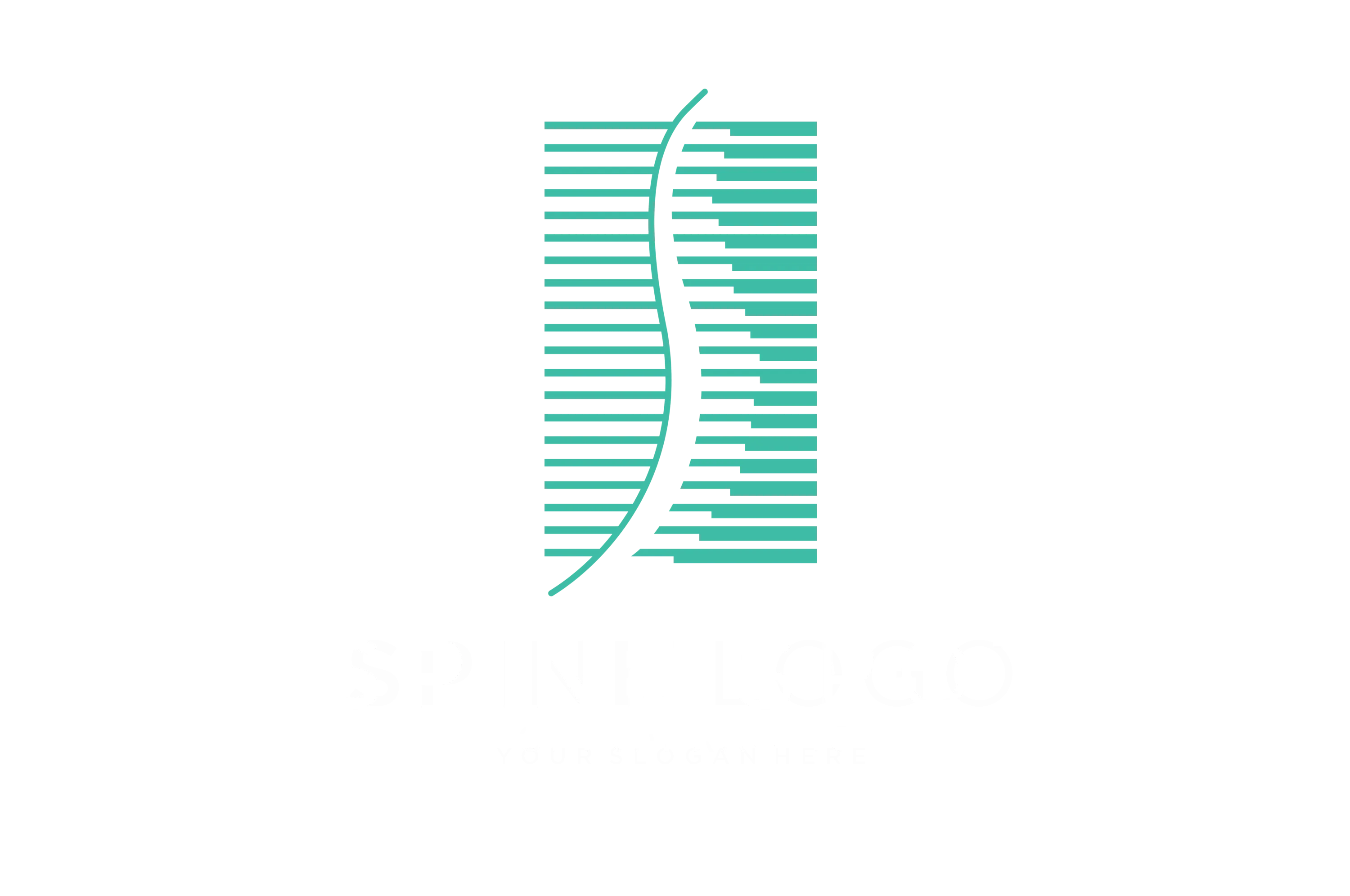Electrical Stimulation Therapy in Physiotherapy
Physiotherapy electrical stimulation therapy is a vital component of modern physical therapy treatments. It involves various techniques and technologies aimed at improving muscle function, reducing atrophy, and managing pain. One of the key modalities used is Neuromuscular Electrical Stimulation (NMES), which plays a crucial role in muscle rehabilitation and strengthening. In this article, we will delve into the mechanisms, benefits, and applications of electrical stimulation therapy in physiotherapy.
What is Neuromuscular Electrical Stimulation (NMES) in Physiotherapy?
Neuromuscular Electrical Stimulation (NMES) is a type of electrical stimulation therapy used in physiotherapy to elicit muscle contractions. It involves the use of electrodes placed on the skin to deliver electrical impulses, which stimulate the underlying motor nerves, leading to muscle activation. This technique is employed to address various conditions, including muscle weakness, paralysis, and atrophy.
How does NMES work in muscle stimulation?
The electrical current generated by NMES triggers the motor neurons, causing the associated muscles to contract. This process mimics the natural signals from the central nervous system, resulting in controlled muscle movements. NMES can target specific muscle groups, facilitating muscle strengthening and rehabilitating weakened or paralyzed muscles.
Benefits of NMES for muscle strength and atrophy prevention
One of the primary benefits of NMES is its ability to improve muscle tone and prevent muscle atrophy. By inducing muscle contractions, NMES helps maintain muscle mass and strength in individuals who may have difficulty performing conventional exercises. This is particularly beneficial for patients recovering from injuries or surgeries, as it aids in preserving muscle function during periods of immobilization or reduced physical activity.
NMES application in clinical practice for muscle rehabilitation
Physiotherapists often integrate NMES into their treatment plans to address muscle weakness and functional limitations in various patient populations. This technique is utilized to enhance muscle recruitment, promote motor learning, and facilitate the re-education of muscles following injury or neurological conditions. Additionally, NMES can be employed during the early stages of rehabilitation to initiate muscle activation and prevent disuse atrophy.
Types of Electrical Stimulation Used in Physical Therapy
There are various types of electrical stimulation therapy utilized in physical therapy treatments, each serving specific purposes and targeting different aspects of muscle function and rehabilitation. Common modalities include Electrical Muscle Stimulation (EMS), Functional Electrical Stimulation (FES), and Transcutaneous Electrical Nerve Stimulation (TENS).
Exploring different types of electrical stimulation therapy
Electrical Muscle Stimulation (EMS) involves the application of electrical impulses to evoke muscle contractions, leading to muscle strengthening and improved function. On the other hand, Functional Electrical Stimulation (FES) uses electrical currents to activate paralyzed or weakened muscles, enabling individuals with conditions such as spinal cord injury to perform functional movements.
Comparing the effectiveness of EMS and electric stimulation
While EMS primarily focuses on enhancing muscle strength and addressing atrophy, electric stimulation encompasses a broader range of applications, including pain relief, muscle re-education, and proprioceptive enhancement. Both modalities offer therapeutic benefits and are selected based on the specific treatment goals and individual patient needs.
Applications of electrical muscle stimulation for pain relief
Electrical muscle stimulation also plays a role in pain management, as the electrical impulses can modulate nerve signals and reduce discomfort. This is particularly beneficial for individuals experiencing musculoskeletal pain, chronic conditions, or postoperative pain, where the controlled stimulation can alleviate discomfort and improve functional outcomes.
Understanding the Mechanism of Electrical Stimulation Therapy
The application of electrical stimulation therapy in physiotherapy relies on the fundamental principles of muscle activation and neuromuscular control. By understanding the underlying mechanisms, physiotherapists can optimize the use of electrical stimulation to achieve targeted therapeutic outcomes, such as muscle strengthening, pain management, and functional improvement.
How does electrical stimulation trigger muscle contraction?
Electrical stimulation activates the motor neurons within the targeted muscle, leading to depolarization and subsequent muscle fiber recruitment. The controlled delivery of electrical impulses mimics the natural process of neuromuscular activation, resulting in synchronized muscle contractions and the engagement of specific muscle groups.
Neuromuscular electrical stimulation for reducing muscle atrophy
Neuromuscular electrical stimulation is a valuable intervention for reducing muscle atrophy, especially in individuals who are unable to engage in traditional resistance training or weight-bearing activities. By promoting muscle activation and recruitment, NMES can help preserve muscle mass and function, contributing to overall physical rehabilitation and functional recovery.
Functional electrical stimulation for patients with spinal cord injury
Patients with spinal cord injury often experience impaired motor function and muscle weakness. Functional Electrical Stimulation (FES) is utilized to elicit coordinated muscle contractions, enabling individuals to perform activities such as standing, walking, and grasping objects. This innovative approach contributes to functional restoration and improved independence in individuals with spinal cord injuries.
Benefits and Applications of Electrical Stimulation in Physical Therapy
The integration of electrical stimulation in physical therapy yields numerous benefits, ranging from targeted muscle strengthening to pain relief and functional enhancement. Physiotherapists leverage electrical stimulation to address diverse clinical challenges and promote optimal outcomes for their patients.
Use of electrical stimulation for muscle strengthening and functional improvement
Electrical stimulation serves as a valuable adjunct to traditional exercises, enabling targeted muscle strengthening and improvements in functional capabilities. By facilitating muscle activation and recruitment, this modality assists individuals in restoring muscle function and enhancing their overall mobility and physical performance.
Transcutaneous electrical nerve stimulation for pain management
Transcutaneous Electrical Nerve Stimulation (TENS) is a widely used technique for pain management, as it modulates pain signals and promotes the release of endogenous opioids, resulting in pain relief and improved comfort. This non-invasive approach is implemented across various clinical settings to alleviate acute and chronic pain conditions.
Role of electrical stimulation in targeting specific muscles during rehabilitation
Electrical stimulation enables physiotherapists to precisely target specific muscle groups during rehabilitation, addressing muscle imbalances, weaknesses, and functional deficits. By modulating stimulation parameters, electrode placement, and pulse duration, therapists can customize the intervention to meet individual patient needs and optimize treatment outcomes.
Working with Electrical Stimulation Therapy in Clinical Settings
Collaboration between physiotherapists and electrical stimulation techniques is essential for delivering effective and personalized care to patients. Physiotherapists play a pivotal role in integrating electrical stimulation into rehabilitation programs, considering diverse patient populations and leveraging this modality to achieve therapeutic goals.
Collaboration between physiotherapists and electrical stimulation techniques
Physiotherapists work closely with electrical stimulation techniques, assessing patient needs, establishing treatment parameters, and monitoring progress throughout the rehabilitation process. By integrating evidence-based practices and individualized approaches, therapists optimize the use of electrical stimulation to support patient recovery and functional improvement.
Incorporating electrical stimulation into rehabilitation programs
Integrating electrical stimulation into rehabilitation programs involves strategic planning and the integration of this modality within the broader treatment framework. It entails aligning the therapeutic objectives with the application of electrical stimulation to address specific impairments, deficits, and functional limitations, thereby enhancing the overall rehabilitation outcomes.
Considerations for using electrical stimulation in diverse patient populations
Physiotherapists must consider the diverse needs and characteristics of patient populations when utilizing electrical stimulation in clinical practice. Factors such as age, medical history, functional status, and treatment tolerances are carefully assessed to tailor the application of electrical stimulation, ensuring safe and effective intervention across different patient cohorts.
Many chiropractors are specially trained to apply electrical muscle stimulation in addition to performing adjustments and using other therapies. EMS is usually given soon after an injury, and you may have a series of treatments to alleviate your symptoms and help you heal. Here’s what to know about electrical muscle stimulation:
What to Expect From EMS
In an EMS session, sticky pads are placed on or near the affected area. The pads have electrodes (small wires that can carry an electrical current) attached to them. These are connected to a generator or battery designed for EMS therapy.
At the start the session, the current will be on a very low setting. The current can be set to different intensities, frequencies and intervals based on whether the goal is to relieve pain, reduce swelling or build and retrain muscle tissue. At the optimum intensity, the pulses will feel strong but still comfortable.
An EMS session usually takes about 10 to 15 minutes, though some may last longer. You may feel relief right away, which can last anywhere from several hours to several days. EMS for strengthening or retraining muscles takes longer to have an effect.
When EMS May Be Used
EMS is most often used for back pain, but it can help other areas of your body as well. In chiropractic, EMS is typically used along with other treatments, such as heat, ice and adjustments. In addition to relieving pain and inflammation, EMS can reduce muscle spasms, loosen tight muscles and help you regain range of motion. If you have muscles that have been weakened by illness or injury, it may help prevent further atrophy. Some people claim that EMS can help athletic performance, but there is insufficient evidence to definitively support that claim at this time.
Safety of EMS
There is little risk from EMS. The electric current is very low voltage—you are not in danger of an electric shock of any significance. Rarely, patients may have mild irritation from the adhesive pads after an EMS session, which should go away quickly. If it continues, please notify us on the off chance that there is an allergic reaction to the adhesive, although this would be a very rare situation.
EMS can provide quick relief from muscle pain without drugs, and in the longer term it may help you recover muscle function. In conjunction with other chiropractic therapies and exercise, EMS can help speed recovery and get you back on track.




